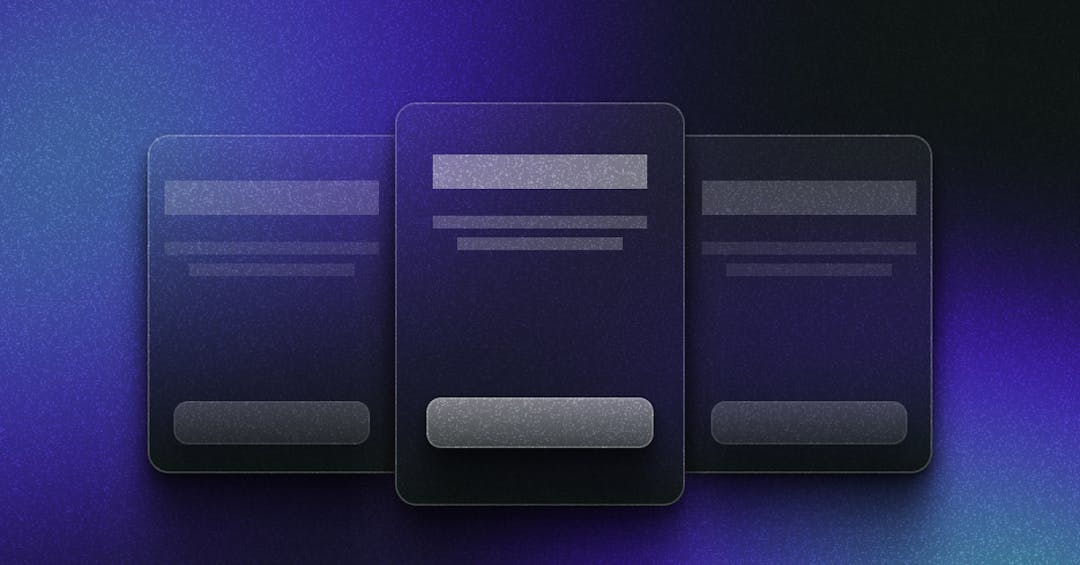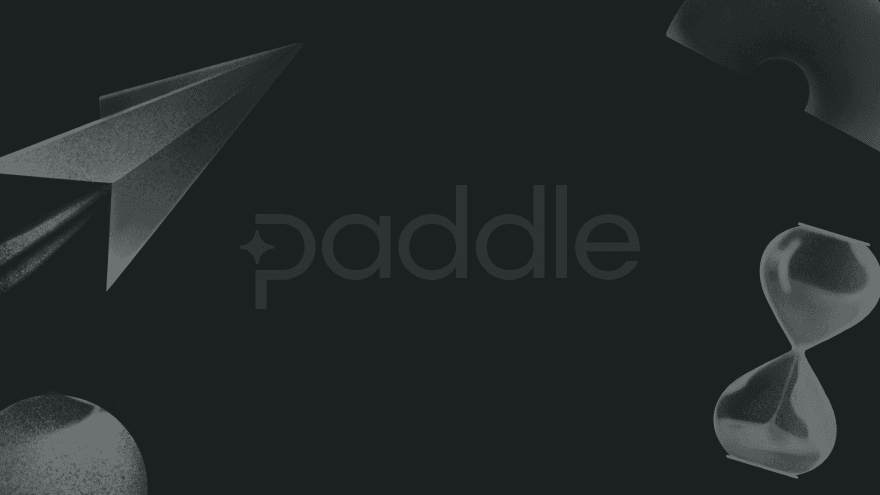Pricing is a headache for leaders of many software companies. And rightly so, as the suitable pricing model could be what is standing between your SaaS company and profit-making. While consumption pricing drives growth in many startups and helps large companies expand their bottom line, it is not suitable for every business.
You need to evaluate the pros and cons of each model before deciding on what suits your business. Sometimes a hybrid may be what your company needs.
In this post, you'll learn about usage-based pricing, and we'll also tell you whether it is right for your SaaS business.
What is usage-based pricing?
Usage-based pricing is a SaaS pricing model that allows customers to pay for only what they use or consume. Billing occurs at the end of the billing cycle. In contrast, a subscription pricing plan is billed at a flat rate regardless of how often they use the service.
Three key components of a consumption-based pricing model
Unless you can break down your product usage, with accuracy, into usage units, it may not be possible to implement a usage-based pricing model. Gathering the correct data ensures your consumption-based strategy is a success. The following components are vital in helping you track the exact amount of usage.
Metered billing
In metered billing, you charge a fixed amount for every unit used. For example, electricity companies use kilowatts as their unit. In contrast, cloud computing and cloud storage companies like Azure from Microsoft may find it challenging to charge per single unit as it is not realistic. They charge per hundred, thousand, or million units.
Mediation
A mediation engine is used when data needs to be filtered and normalized for rating and billing purposes. An excellent example is the case of Voice Over IP (VoIP). Raw data is filtered, and the billable result is call duration, number of SMS or MMS, transfer of MB of data, and pricing of video usage.
Billing
Suppose you're not using a mediation engine, billing measures usage data throughout the billing period. This data is then used to determine pricing strategies. The strategies include but are not limited to price, plan, how to charge, discounts, and promotions, among others.
Six benefits of a usage-based pricing model
The excitement around the usage-based pricing model in the SaaS world is there for a reason. Companies that have adopted its use, even hybrid solutions, regardless of whether they are startups or mature, are outpacing their competitors. This model helps customers derive value from the product or service. Some of the benefits include:
1. Business flexibility
The business needs and customer needs are ever-changing. The value they get from your SaaS product today needs to evolve to suit these needs. With the usage-based plans, it becomes straightforward to adapt your pricing with every increase in value. Also, customers can justify the higher price since cost control is in their hands.
2. Shorter purchasing cycle
Compared to the subscription-based pricing model, usage-based billing provides a shorter and simpler purchasing cycle.
3. Improved customer satisfaction and retention
When using usage-based pricing, customer satisfaction and retention rates are very high as customers pay for only what they use. They don't have to cancel during the off-peak season as they can scale up or down as the needs of their businesses change. This pricing model does not make customers feel forced to pay for features they rarely use.
4. More business experimentation opportunities
Using usage-based pricing, companies can experiment with different pricing combinations. Within a short time, you will know what works depending on customers' purchase patterns.
5. Easier feedback collection
A usage-based plan lets you collect data on how customers use your product. For instance, you will find out which features appeal to your customers and which ones should be scrapped. It's easy as you only need to look at the revenue data to know what components of your SaaS product are high in demand.
6. Greater investment appeal
This 2021 survey by OpenView found that about 42% of seed-stage SaaS companies follow the usage-based pricing model. At a glance, the income may appear to be more volatile compared to other pricing models. But a closer look at the numbers tells a different story. Companies using this model are growing faster, retaining more revenue, and trading higher multiple revenues. These are all investor magnets.
Reasons why consumption-based pricing might not be the best choice for SaaS companies
Even with all the advantages associated with this pricing model, it may not be the best for your SaaS business. But SaaS companies like Twilio, Snowflake, and Stripe have found success. Similarly, Datadog growth has been reported at 88% year over year under consumption pricing. In contrast, most SaaS CRM companies find it challenging to quantify units to be charged.
Other reasons consumption-based pricing may not suit you include:
Unpredictable revenue stream
This pricing model makes it hard to predict your recurring monthly revenue accurately. Often you are forced to rely on historical data, and you should therefore expect a surge or dip in revenue. As a result, it hinders you from making many decisions, such as reinvestment, when you are unsure of the annual revenue predictions. Other pricing models, such as subscription pricing, enable one to foresee and plan yearly revenue.
No annual pricing plan
Under this pricing model, there are no annual pricing plans. In contrast, 54% of SaaS companies prefer a yearly subscription. The main reason is that annual subscriptions come with discounts, lowering the price of the product or service. These discounts also serve as a customer retention tactic, and it's a win-win for everyone.
End-of-the-month payments
Another major drawback with usage-based pricing is that, unlike the subscription pricing model where payment is upfront, you can only bill customers after they have used the service. Payment in arrears presents a challenge, especially for not well-funded startups. You have to be ready to foot the bills before collecting the revenue. It's one of the reasons about 18% of startups fail when they choose the wrong pricing model for their business.
Difficulty forecasting
Many startups and mature SaaS companies face this challenge. Often, revenue forecasting is done in monthly increments for the next financial year, which is almost impossible to do using the consumption-based model. It becomes challenging to make critical decisions about revenue, such as allocating funds to new product developments. It may also put you in a difficult situation when explaining the annual forecast to investors and the board.
Estimate future uses and customer spend with ProfitWell Metrics
Though it can be challenging to forecast future spending, you should turn your SaaS business towards profit-making with a usage-based pricing model with the correct data. Tracking the proper metrics is a sure way to increase your revenue and remain ahead of the competition.
With ProfitWell metrics, you gain valuable data that helps you understand customer spending habits. We provide you with the right tools to help you make informed pricing decisions. Price Intelligently ensures your pricing is data-driven and optimized to ensure revenue growth.
Successful usage-based pricing examples
The consumption-based pricing model has been instrumental in driving revenue growth at the following companies.
Pendo
Pendo surpassed the $100M mark as of August 2021 in ARR revenue with about 2,000 customers. This SaaS platform follows a product-led approach to growth, ensuring its customer retention is on point. They offer subscription tiers based on usage-based billing and a free plan for 1, 000 users. Like most SaaS companies, they're not forthcoming with their pricing information.
Zapier
Zapier hit the $140M mark in ARR earlier this year. The productivity tool helps customers automate repetitive tasks using easy-to-build workflows. This company operates on a freemium model, only charging team-based plans and larger professionals. But more often, once a customer tries the zaps, they are hooked and want to do more.
The company has usage-based pricing for high-tiered companies whose tasks exceed 2,000,000 tasks/month. Lower tiered plans are billed on a subscription basis annually.
AWS
Amazon Web Services has been using usage-based pricing since its inception. The model has helped them capture and retain a considerable market share, which stood at 34.2% as of 2019. AWS offers price points based on the frequency of access in addition to the data stored.
Azure
Microsoft Azure has also seen tremendous growth from implementing the consumption model. The pay-as-you-go payment plan employed by Azure for all its products, including cloud storage, analytics, and computing, provides flexibility to the customers.
Usage-based pricing FAQs
What is the difference between a subscription model and consumption-based pricing?
A subscription model is a business model that enables a continuous relationship with a customer where the customer is billed on a schedule. At the same time, consumption-based pricing is a pricing model where customers are charged based on what they use.
What is the difference between usage-based pricing and user-based pricing?
Usage-based pricing charges customers according to how much they use, while user-based pricing charges the number of people you add to your subscription. If you add more people, the cost goes up.
What is a usage-based product?
A usage-based product is a product whose price scales alongside usage. Commonly billed monthly or at the end of each billing period.

